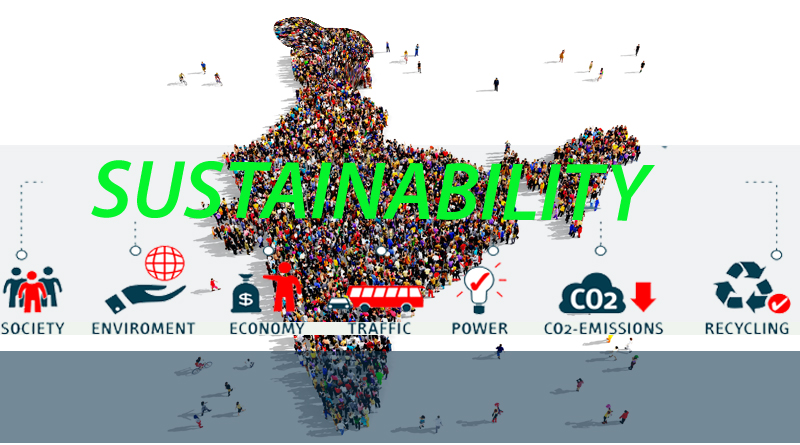First the good news. The report highlights how two thirds of the global population lives in countries where renewable energy costs have gone below fossil fuel generation costs. This includes both China and India, besides many other countries that are now part of the International Solar Alliance too.
By 2030, new wind and solar are expected to be cheaper than coal and gas, the erstwhile mainstays, almost everywhere. China is expected to see its tipping point for coal by 2027 itself. In a way, perhaps that is the point where China will start to relook or reverse its massive coal energy complex. China, the world’s largest emitter of greenhouse gases has an existing capacity of 1020 GW in coal plants, and has approved almost 220 GW more of coal capacity. These approvals are twice the planned capacity additions in India, besides dwarfing almost every other country by 2027, when the last of this new capacity comes up. Currently, thermal accounts for over 55 percent of total energy needs in China. Which brings us to the first of the major deviations in the Indian path to sustainable, green energy.
- For its size, India’s path to energy generation to 2030 continues to be the most heavily dependent on fossil fuels. This is due to a combination of coal availability in the country , the high cost of ‘greener’ options like gas, and the almost insurmountable challenge of financing the transition faster. However, thanks to its overall gross consumption as compared to the us, China and many other countries, on a per capita basis, the country can hope to get some more leeway, if not money. For the record, against a global average of 25% share for fossil fuels, coal fired power is expected to account for well over 40 percent of India’s energy mix in 2030.
- The focus on the ‘grid’: One of the biggest predictions made by the BNEF report is on the cost of storage, expected to go from $ 187 per MwH to $67 by 2040. Even the prediction for 2030 has been placed at $130 by various papers, making storage, especially behind the meter storage a viable option when powered by solar or wind. In this, India’s relentless focus on a national grid, rather than some decentralised grid options, or even off grid possibilities stands out. While cost has been cited as a major factor for this push, one wonders if planners in the country cannot explore the real cost of the national grid in terms of last mile transmission and maintainance versus the benefits of decentralised grids. Major renewable power producers have already floated the idea of smaller solar parks with local linkages, to enable lower transmission losses as well as more dependable offtake aligned to local demand shifts.
- Electric Vehicles: After a lot of struggle, the country seems on course for a 25 percent share for EV’s by the year 2030. In doing that, India will again be on its own unique path, as other countries are going for much more ambitious targets. Chin, for instance, is slated to be going for a 40 percent share by 2030, and even 60% by 2035. That, combined with the huge push the country is making for its public transport shift to EV’s, means its transportation sector emissions could be much lower than India, on a like to like comparison.
- Rooftop Solar: The rooftop solar market, powered by residential (small scale) rooftop and corporate buys is expected to soak up $50 billion annually to 2030. Strangely enough, India has not made enough changes to align itself with this shift. Besides regulatory issues, the country still seems to be grappling with the idea of the impact a significant shift at scale could cause to its struggling discoms, as the consumers moving to rooftops are likely to be the very best of the paying consumers currently. That really kills any motivation for discoms to encourage the trend, save to meet their own renewable purchase obligations.
- Nuclear Adoption: The strange thing about the nuclear option is that even nuclear power continues to be treated like the bomb, best kept out of all conversations. With billionnaire philanthropists like Bill Gates putting their voice behind the nuclear option, especially with more efficient and safe reactors, the nuclear option could be back on the table as early as 2022 for India. Because, with 6 nuclear plants planned for now, by 2022, with a combined capacity of 4.4 GW . Depending on which way the climate change situation goes, India, besides other country’s , could find itself having to pivot to nuclear a lot more. The country, where the share of nuclear energy in the energy mix has never crossed 5 percent. But the eventual aim of 25 percent share of nuclear by 2050, ignored for the obviously massive misses seen on this front so far, could come back into the frame if the situation on ground changes significantly, in the form of cheap tech transfer to the country driven by a climate emergency that starts playing out as per predictions.

